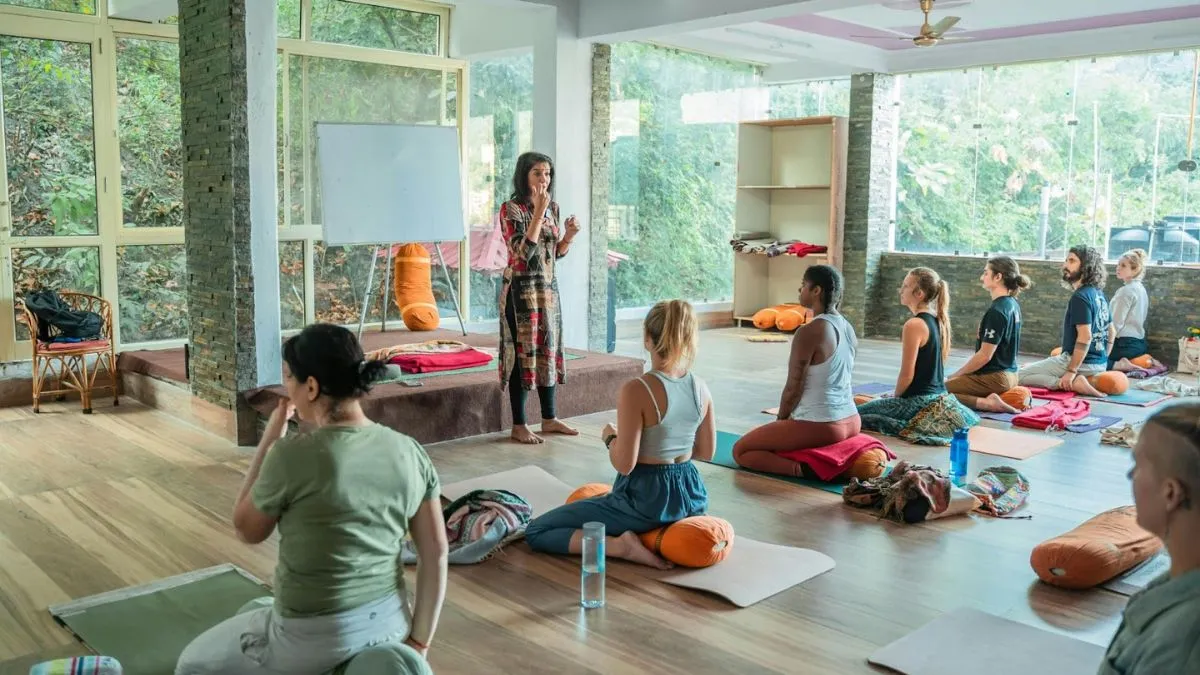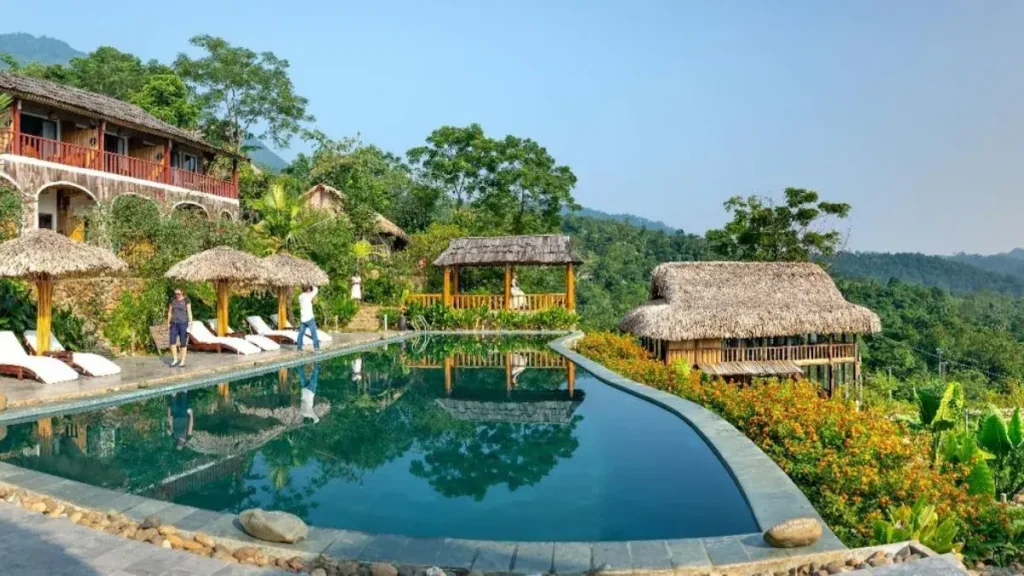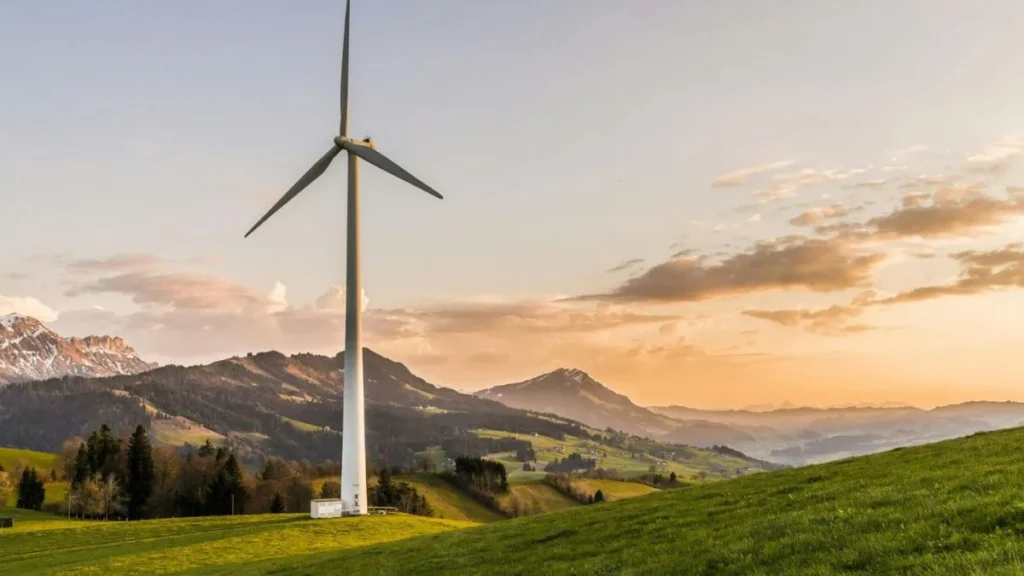HEALTH AND FITNESS
Building Wellness Sanctuaries That Breathe with Sustainable Purpose

As eco-consciousness shifts from a trend to a necessity, wellness sanctuaries worldwide are making sustainability a core part of their identity.
But these transformative spaces go beyond greenwashing—combining restorative health experiences with rigorous environmental stewardship.
From reclaimed wood décor to wild blueberry powder facials, sustainable Wellness Sanctuaries are reshaping what it means to unwind responsibly.
Here’s why their approach matters now and how they’re bridging the gap between personal and planetary wellness.
Table of Contents
Why Sustainable Wellness Changes Everything

At its core, the rise of sustainable wellness sanctuaries serves two urgent needs. On the one hand, the $6.3 trillion global wellness industry demands innovative offerings that go beyond self-care—embracing eco-care.
On the other, it addresses growing consumer demands for experiences that align with their sustainability ideals.
For travelers, wellness seekers, and eco-advocates alike, these sanctuaries offer a fulfilling answer: holistic treatments rooted in both personal vitality and environmental regeneration.
But how? Through game-changing designs, locally sourced ingredients, and cutting-edge conservation practices, sustainable Wellness Sanctuaries rethink everything—while surprising with unexpected twists. Let’s dive in.
Eco-Friendly Construction That Heals More Than You
One key hallmark of these spaces is their ability to turn architectural innovation into environmental progress.
Did you know sustainable building materials like bamboo and reclaimed wood can reduce construction site emissions by as much as 70%?
These low-impact materials create strikingly beautiful, durable structures, often designed to blend seamlessly into natural surroundings.
Beyond aesthetics, they make conservation a priority. Native plant landscaping eliminates the need for chemical fertilizers and excess irrigation.
Facilities embracing net-zero energy use achieve independence by relying on solar energy panels—offering clean energy even for high-energy spaces like spas.
It’s not just about “looking green”; twenty-first-century sanctuaries ensure every square foot actively contributes to reducing global carbon footprints.
The Superfoods Behind Your Rejuvenation

The wellness experience itself also gets a sustainable upgrade—particularly through the thoughtful use of local ingredients.
Consider antioxidant-rich wild blueberry powder, which is increasingly popular in spa treatments and dining options.
Derived sustainably from regional farms, this superfood supports agricultural biodiversity while offering anti-inflammatory and skin-nurturing benefits.
Plus, sourcing hyperlocal reduces the carbon emissions of transporting international goods.
| Actionable twist: Look for Wellness Sanctuaries committed to “local-first” sourcing practices. When you align your dollars with these programs, you’re not just indulging—you’re championing regional farmers and reducing your carbon footprint. |
Boost Biodiversity While You Bask

Sustainability doesn’t stop at design—it impacts the ecosystems these sanctuaries inhabit. Many newer sanctuaries integrate wildlife corridors and native habitats right into their grounds.
By preserving biodiversity instead of encroaching on it, these designs help endangered species thrive.
You might even spot native wildflower meadows planted to attract pollinators like bees and butterflies!
Holistic Health Meets Natural Nutrition
But healing goes deeper than topical treatments.
Wellness Sanctuaries that prioritize organic meals (like plant-based nutrition menus or garden-to-table culinary programs) fuel wellness from the inside out.
Visitors should scan for spots using produce grown on-site or via local organic farming co-ops. Rest assured: hyper-seasonal tastes fresher, digests cleaner, and supports long-term planetary health.
Waste Not, Heal More
Sustainability at wellness sanctuaries takes bold and practical strides, particularly in waste management.
Many facilities implement on-site composting programs, advanced recycling systems that outperform municipal standards, and creative reuse initiatives that minimize landfill contributions.
These efforts not only reduce waste but also educate guests and staff, equipping them with actionable eco-friendly practices to adopt beyond their stay.
Water conservation adds another layer to these innovations. Sanctuaries increasingly deploy greywater systems, which recycle water for irrigation, alongside rainwater harvesting techniques.
This approach supports lush gardens and spa features without depleting local water resources.
In regions facing water scarcity, such methods provide a replicable framework for conservation, ensuring wellness facilities harmonize with the environment while preserving essential natural resources.
Tech-Savvy Energy Management

Testing panels track energy surges and dips in real-time, dynamically shifting appliance settings so unnecessary kilowatts aren’t consumed.
Tech-focused sanctuaries even let guests view how their room contributes to reduced metrics—bringing gamified mindfulness into their experience.
How to Spot Fakes from the Real Deals
Now, before basking in the glow of the solar-powered heat lamp, eco-savvy readers need one crucial tip: greenwashing still lurks.
Certification standards like LEED (Leadership in Energy and Environmental Design) or Green Globe act as reliable markers of truly sustainable sanctuaries.
Always seek transparency: Real sanctuaries proudly display both data (e.g., energy offset percentages) and practical efforts to support the local community.
The table below shows you common greenwashing practices and their opposite sustainability counterparts.
| Aspect | Greenwashing Practices | True Sustainability Practices |
| Certifications and Claims | Vague or unverifiable claims like “eco-friendly” without clear data or certifications | Transparent certifications (e.g., LEED, Green Globe) and publicly available sustainability metrics |
| Materials Used | Use of a minimal amount of recycled or natural materials as a marketing gimmick | Construction with a significant proportion of sustainable materials like bamboo, reclaimed wood, and recycled metals |
| Energy Use | Token solar panels displayed but primarily dependent on fossil fuels for operations | Commitment to renewable energy sources (e.g., solar, wind) with measurable reductions in carbon footprint |
| Waste Management | Highlighting a small recycling initiative while ignoring or concealing overall landfill contribution | Comprehensive waste management plans including composting, advanced recycling systems, and waste diversion from landfills |
| Water Conservation | Simple low-flow fixtures with no broader water-saving strategy | Systems like greywater recycling, rainwater harvesting, and native landscaping to drastically minimize water consumption |
| Local Impact | Naming a few local suppliers or offering minimal community engagement | Actively sourcing majority of materials and ingredients locally, supporting nearby farms, and investing in local economies |
Your Wellness Choices Can Redefine Travel
Sustainable wellness sanctuaries make relaxation more than a personal luxury—they create a collective environmental commitment.
The next time you plan a restorative getaway, go beyond indulgence; choose retreats promoting biodiversity, clean energy, and regenerative agriculture.
Every retreat visit doubles as a climate action decision, pushing hospitality toward essential eco-conscious reform.
Audit your sanctuary choices—then recharge with purpose. The future of personal wellness demands it.
-

 GENERAL3 months ago
GENERAL3 months agoUncovering the World of кинокрадко: The Dark Side of Film Piracy
-

 GENERAL1 month ago
GENERAL1 month agoUnveiling the Art of преводсч: How Translators Bridge Language Barriers
-

 GENERAL4 weeks ago
GENERAL4 weeks agoChristofle – For Those Who Dream of Family Heirloom Silver
-

 YOGA1 year ago
YOGA1 year ago4 Person Yoga Poses for Beginners























